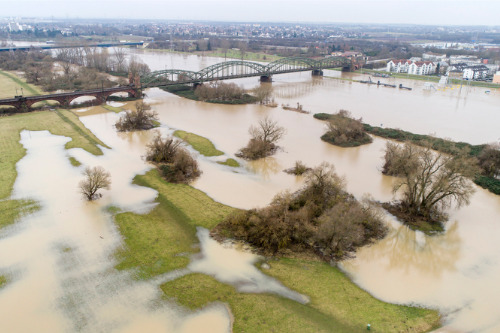

Many of Canada’s homes are not prepared for a future climate characterized by frequent extreme weather events that cause severe flooding, a recent study by the Canadian Institute of Climate Choices (CICC) has found.
In a higher-emissions scenario, more damaging 100-year rainfall events are predicted to occur as often as every six years in the Toronto, Edmonton, and Calgary areas by 2100, according to the institute’s Under Water report. For context, the research noted that the $5 billion in damages caused by the 2013 Alberta flooding were roughly in line with a 10- to 20-year flood event.
CICC’s figures also revealed that around 950,000 buildings in Canada are situated in a 100-year risk zone for inland flooding – carrying a 1% risk of flooding each year – while 550,000 structures are in a 20-year risk zone – where the risk is 1-in-20.
While the chances might seem high, the institute noted that the cost of repairing the damage if flooding does happen would be significant.
From about $1.3 billion annually, the cost of flood damage is forecasted to rise four times by 2100 in a low-emissions scenario and about seven times in a high-emissions scenario.
The report added that the hundreds of thousands of Canadians living in flood-prone areas would likely experience a major flooding event at least once in their lifetimes.
And once they do, there is another issue that many of them will face. According to the research, only 10 to 15% of homeowners in these areas carry flood insurance due to its prohibitive cost.
“While some insurers do offer coverage for overland flooding – if you specifically ask for it – in the highest risk areas across Canada, the rates are unaffordable, or insurers will decline to provide it at all,” Ryan Ness, adaptation director at CICC, told The Weather Network.
He added that there has been a drop in disaster-related payouts from the government because of how expensive coverage has become.
“In the long term, governments need to address these high-risk areas by building protective infrastructure like dams and sea walls and, in some cases, relocating people and communities,” Ness told The Weather Network. “But in the meantime, they need to look at measures like special high-risk insurance pools to share the cost and keep flood insurance affordable – especially for marginalized communities and people.”
